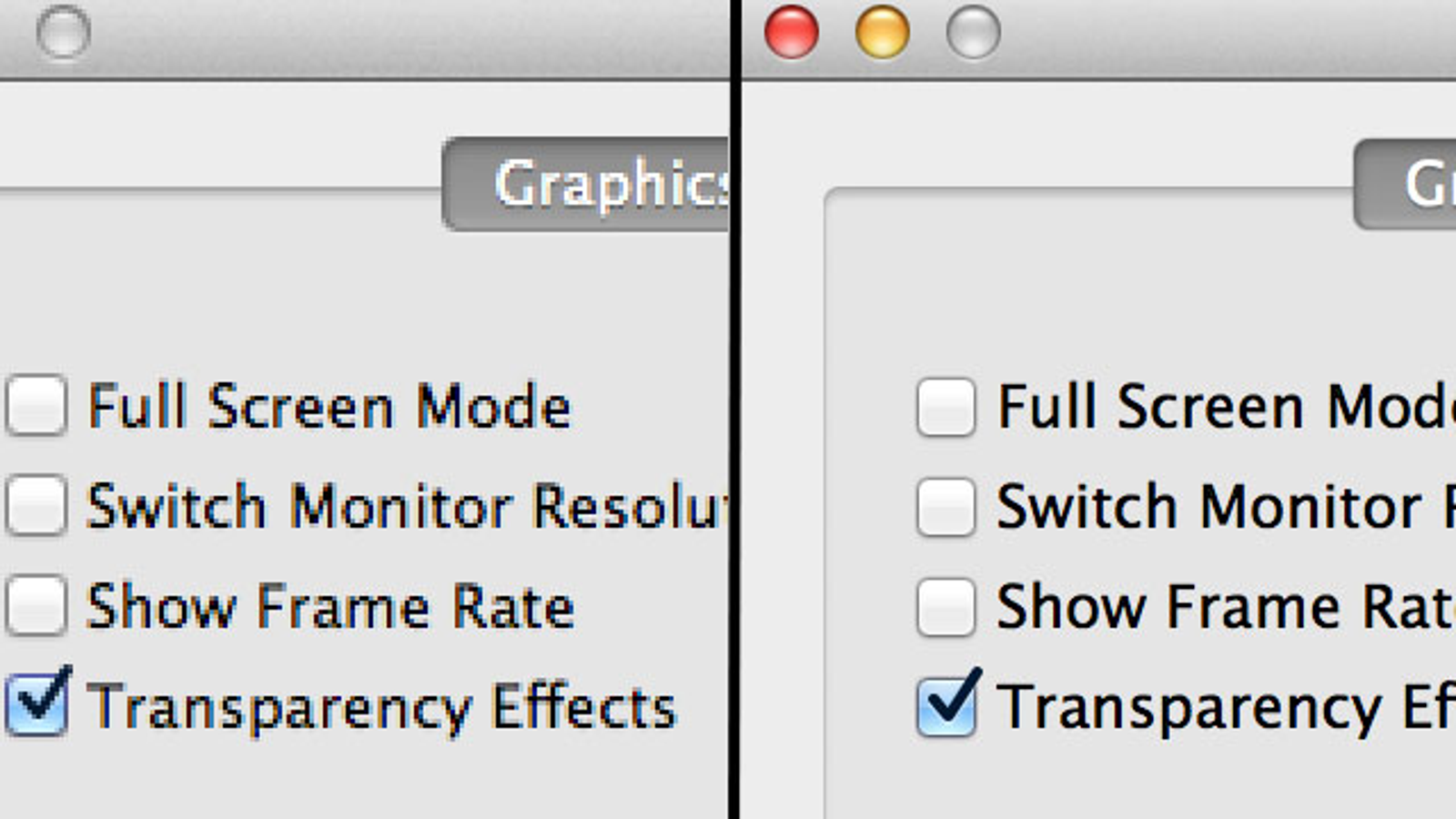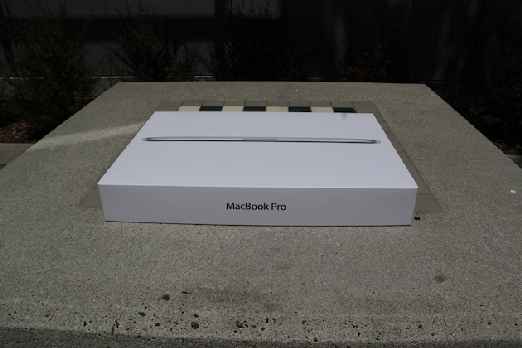

If you want to learn more about display technology, you might want to know the difference between OLED and non-OLED displays, as well as how to buy the right TV for your budget and needs. For example, Samsung likes to use “Super AMOLED Display” to describe OLED panels with built-in digitizers.

While "Retina" is a term reserved for Apple devices, competitors also have their own terminology. While Mac applications such as Retinizer were once needed to "upscale" older applications, most software now explains Apple's preference for high pixel density displays. Using a Retina display won't improve your work, but it will make your time using your device a little more enjoyable. He should also scale these icons so that they don't appear too small. This requires macOS to adjust the user interface to use resources that have four times the detail (twice the pixels vertically and twice the pixels horizontally). Not being able to see individual pixels means images and text are crisp and crisp, with little or no jagged edges visible unless you get very close to them. What are the advantages of a Retina display?Ī display with a high pixel density qualified as Retina provides a more pleasant user experience. Apple has since adapted the term with prefixes and suffixes such as “Super Retina” and “Retina HD” for its mobile devices, but most Mac models still ship with an older “Retina Display”.
#Retinizer mac install
(I already have it installed, so no instructions are included here for this.) Update the MacPorts package index using the command sudo port selfupdate Install some dependencies. I think that XQuartz should be installed at this point. If you cannot see the pixels when you are sitting at your desk, Apple considers the display to be “Retina” quality.įrom this we can deduce that Retina means that the pixels cannot be distinguished individually. Install MacPorts as described on the MacPorts site. Apple expects you to sit much further away from a MacBook Air than if you were using a smaller device like an iPhone. The answer lies in the distance between you and a device when you are using it.

How can the two displays qualify as “Retina” with such a high degree of pixel density variance? The iPhone 12 records at 460 ppi while the MacBook Air M1 only manages 227 ppi. You've probably noticed that these devices have very different pixel densities. Every smartphone, tablet and computer that Apple makes today comes with a “Retina” display, some using different display technologies and panels labeled “Super Retina” or better. It's the closest thing we have to a definition of the term "Retina" that Apple uses in its marketing. It first appeared when the iPhone 4 was released in 2010, with Steve Jobs stating that at 326 pixels per inch (ppi), individual pixels are indistinguishable when using the device. The term "Retina display" is something Apple coined, and so the term could apply to anything Apple considers a "Retina" quality.


 0 kommentar(er)
0 kommentar(er)
